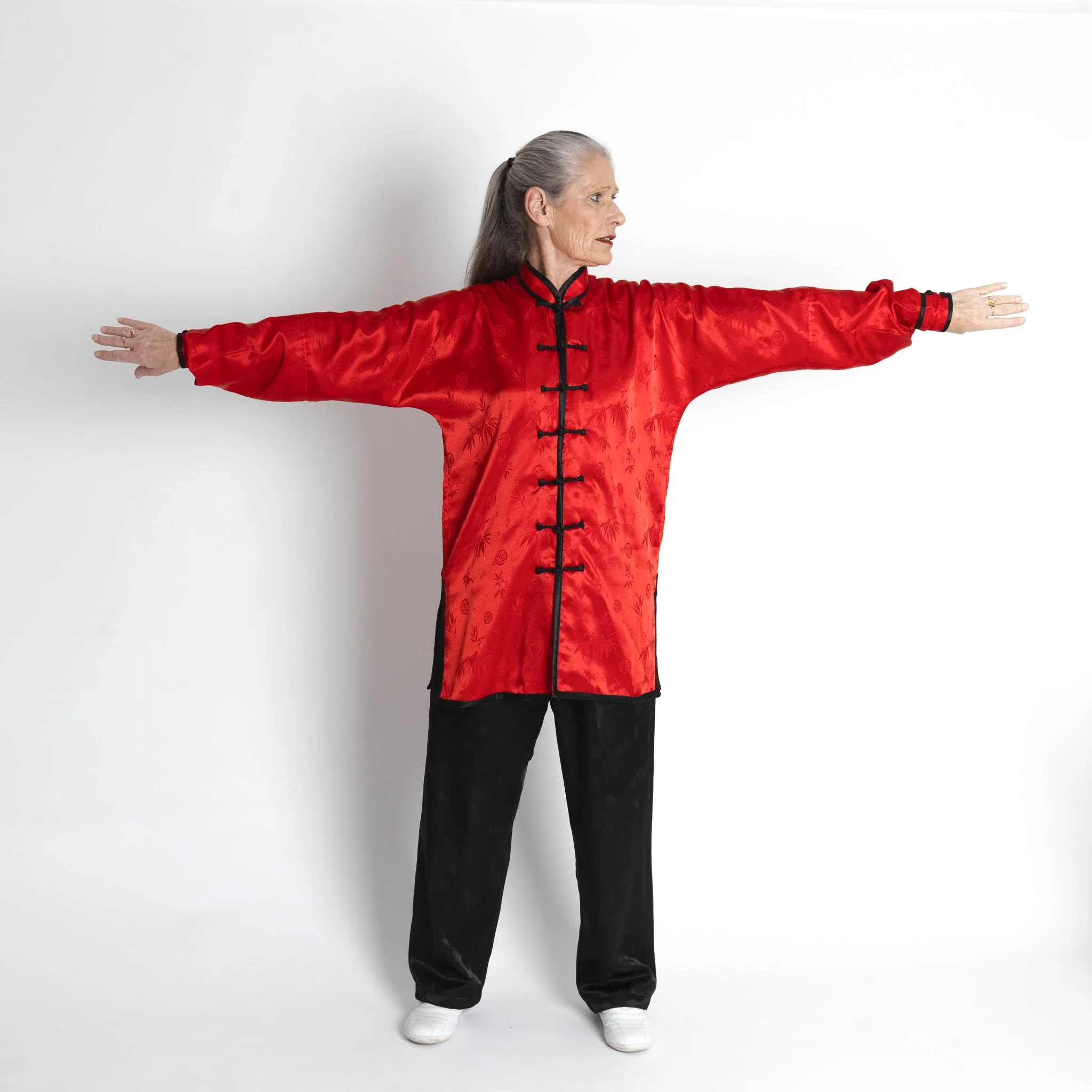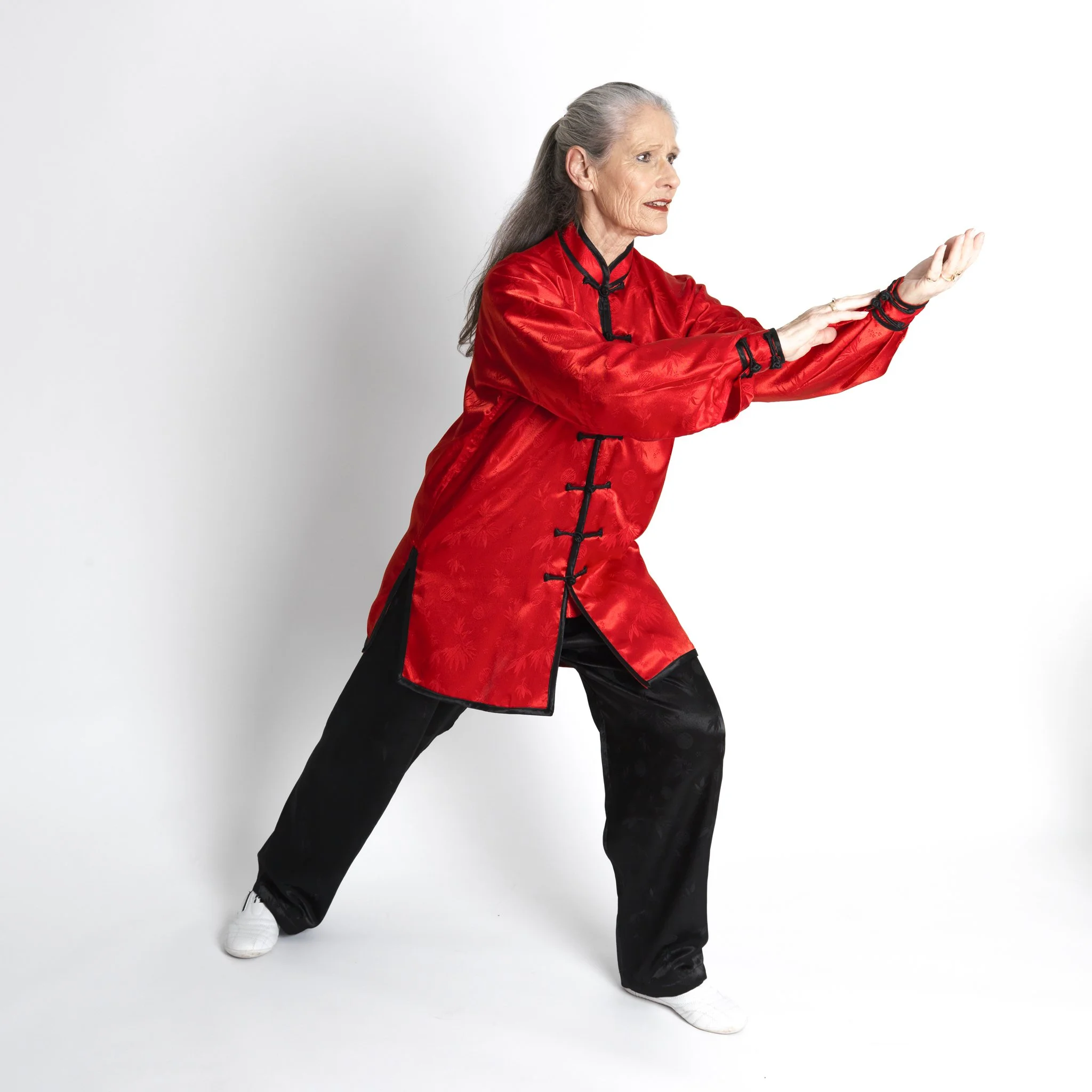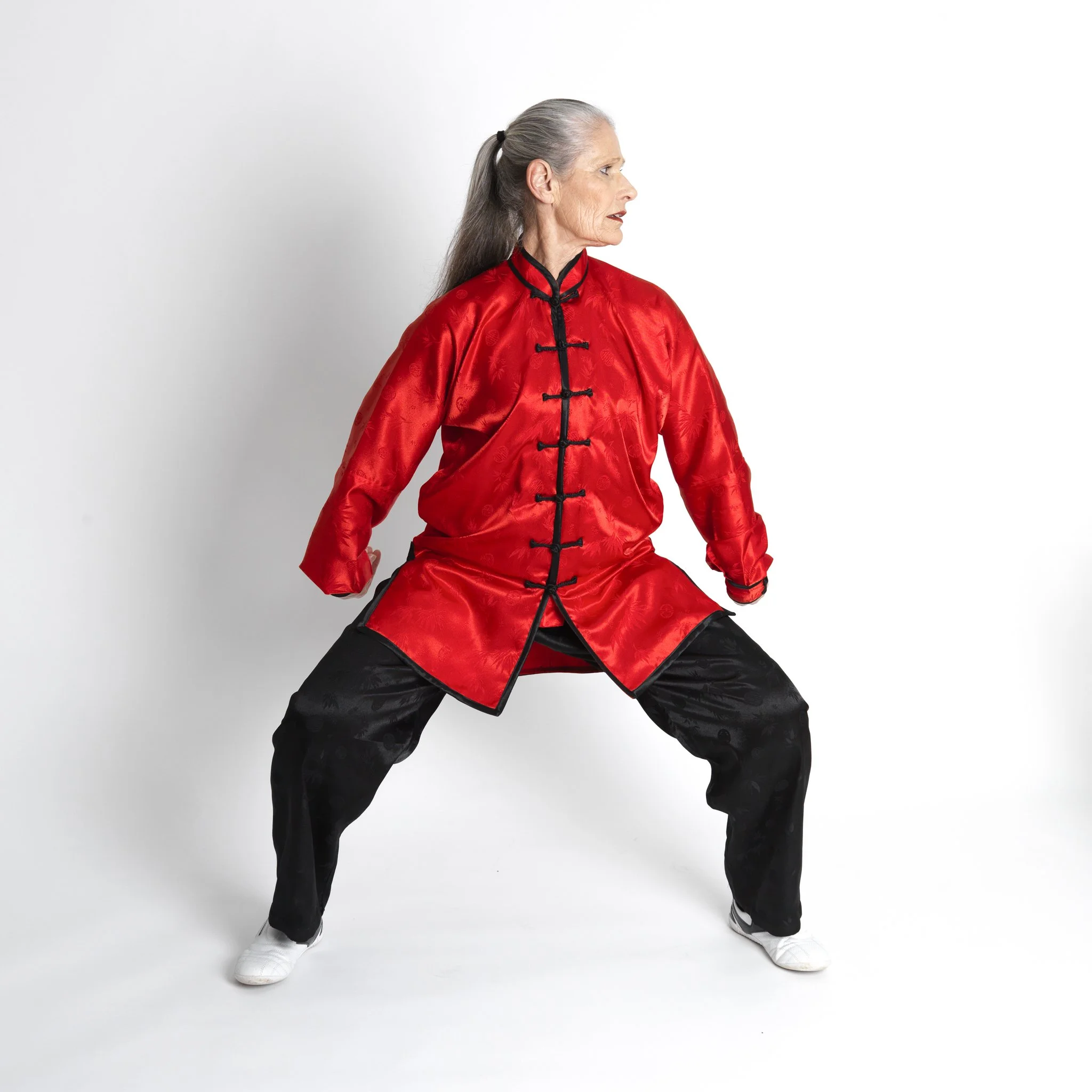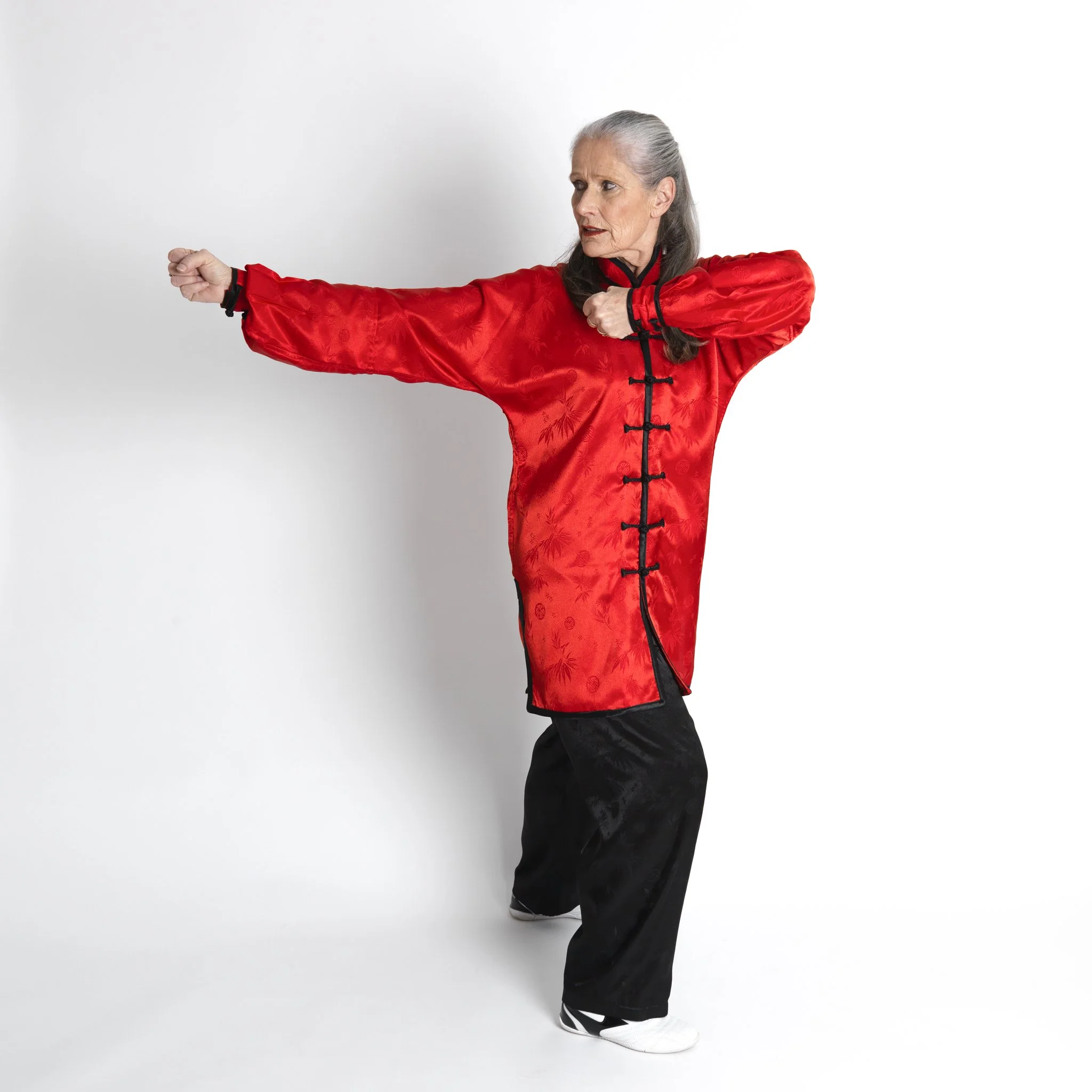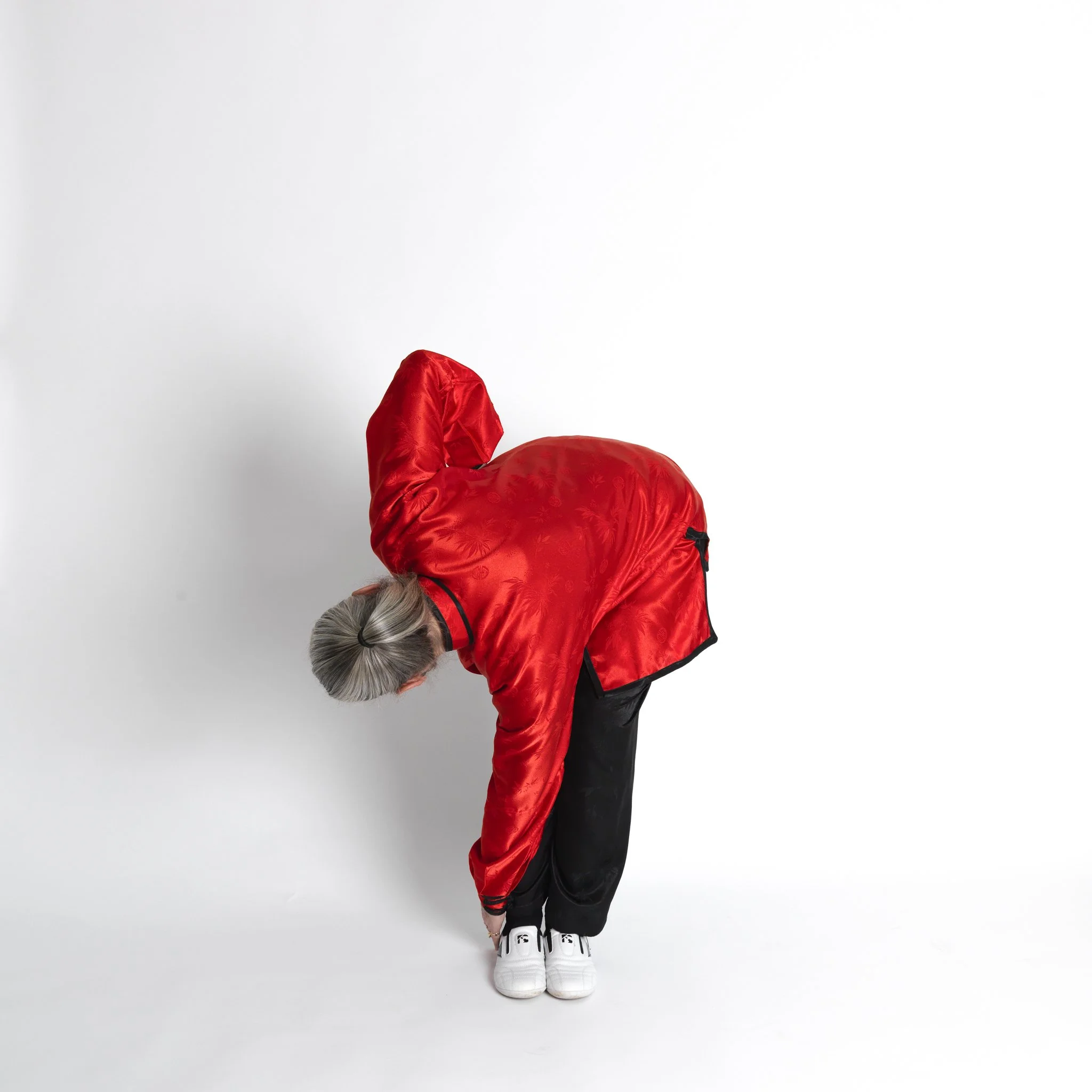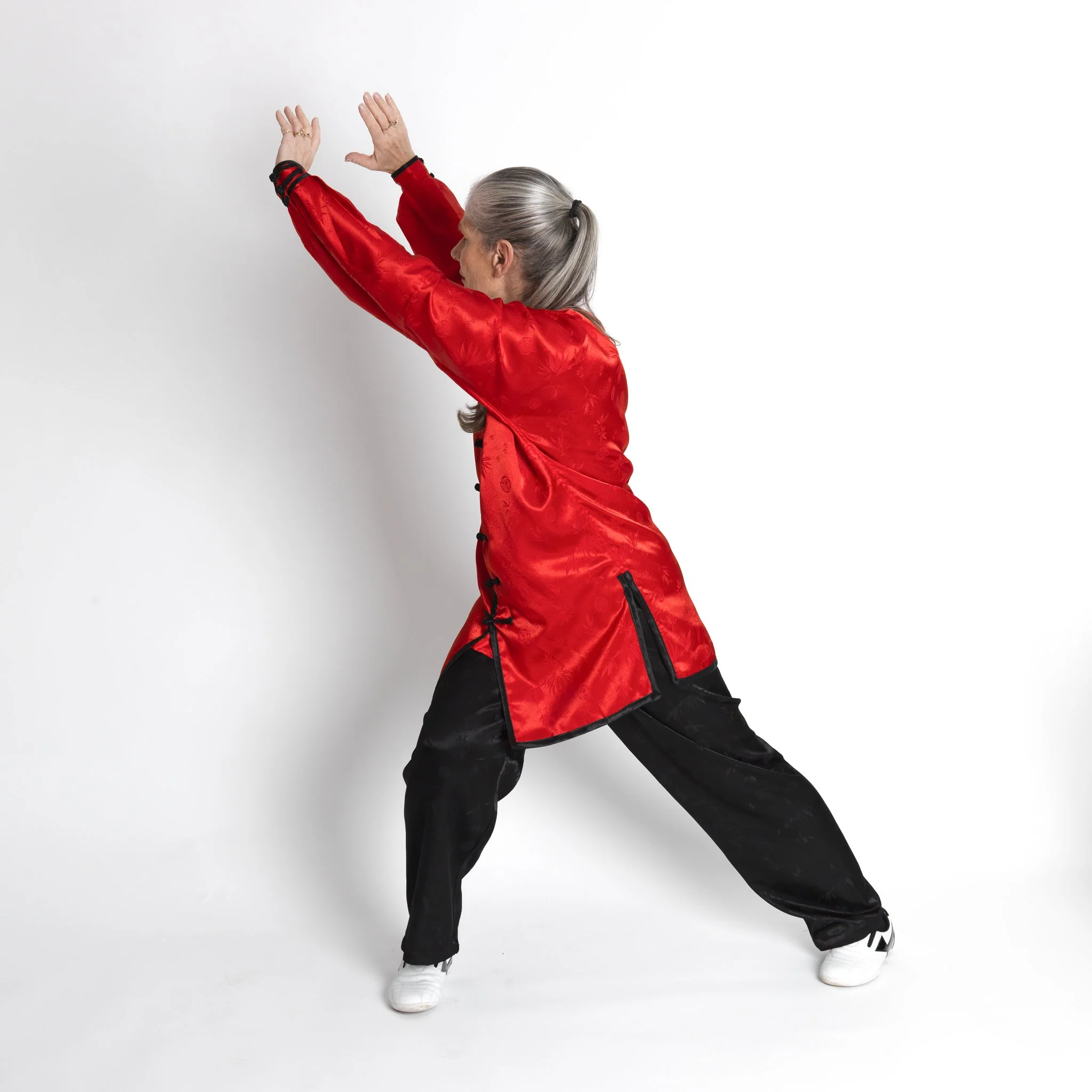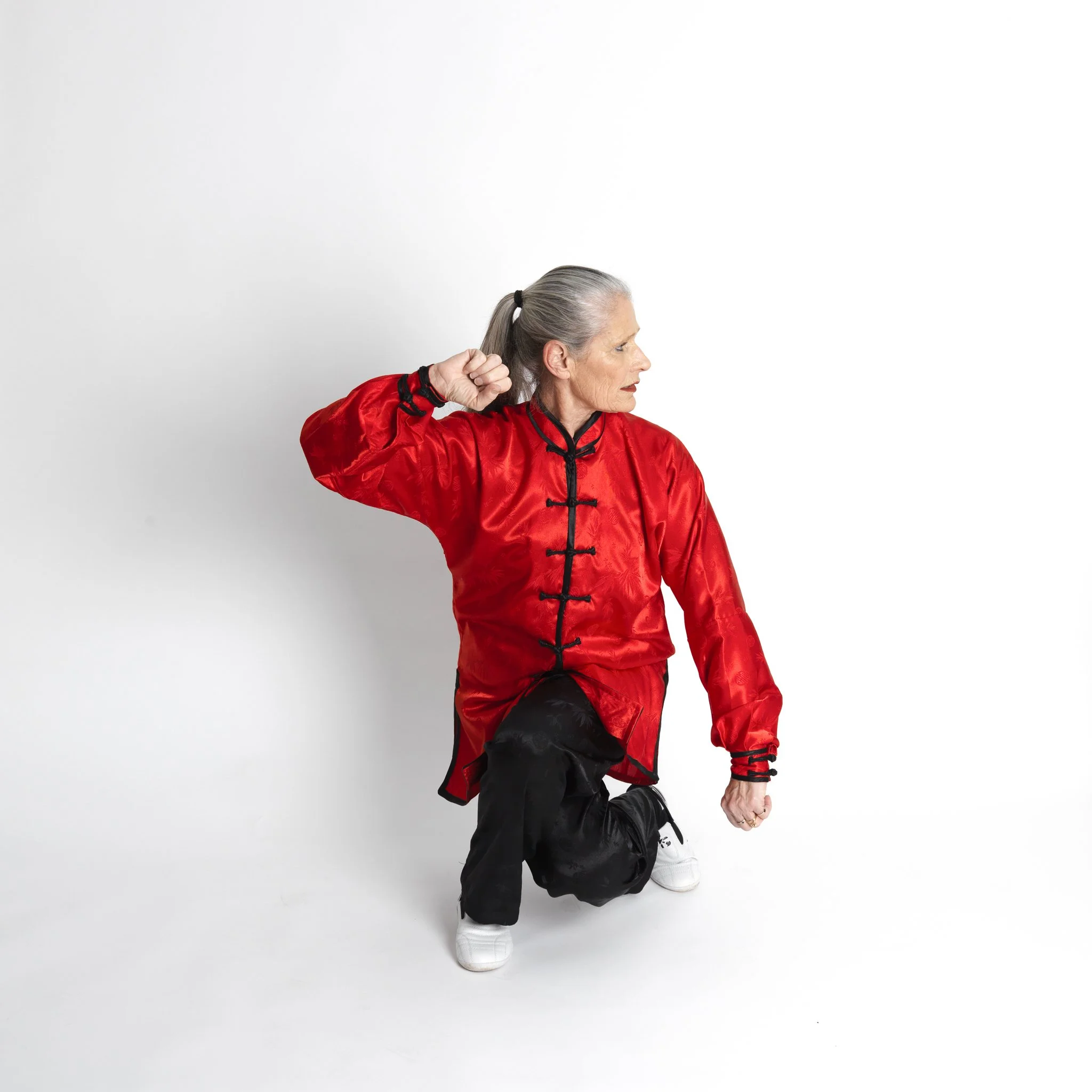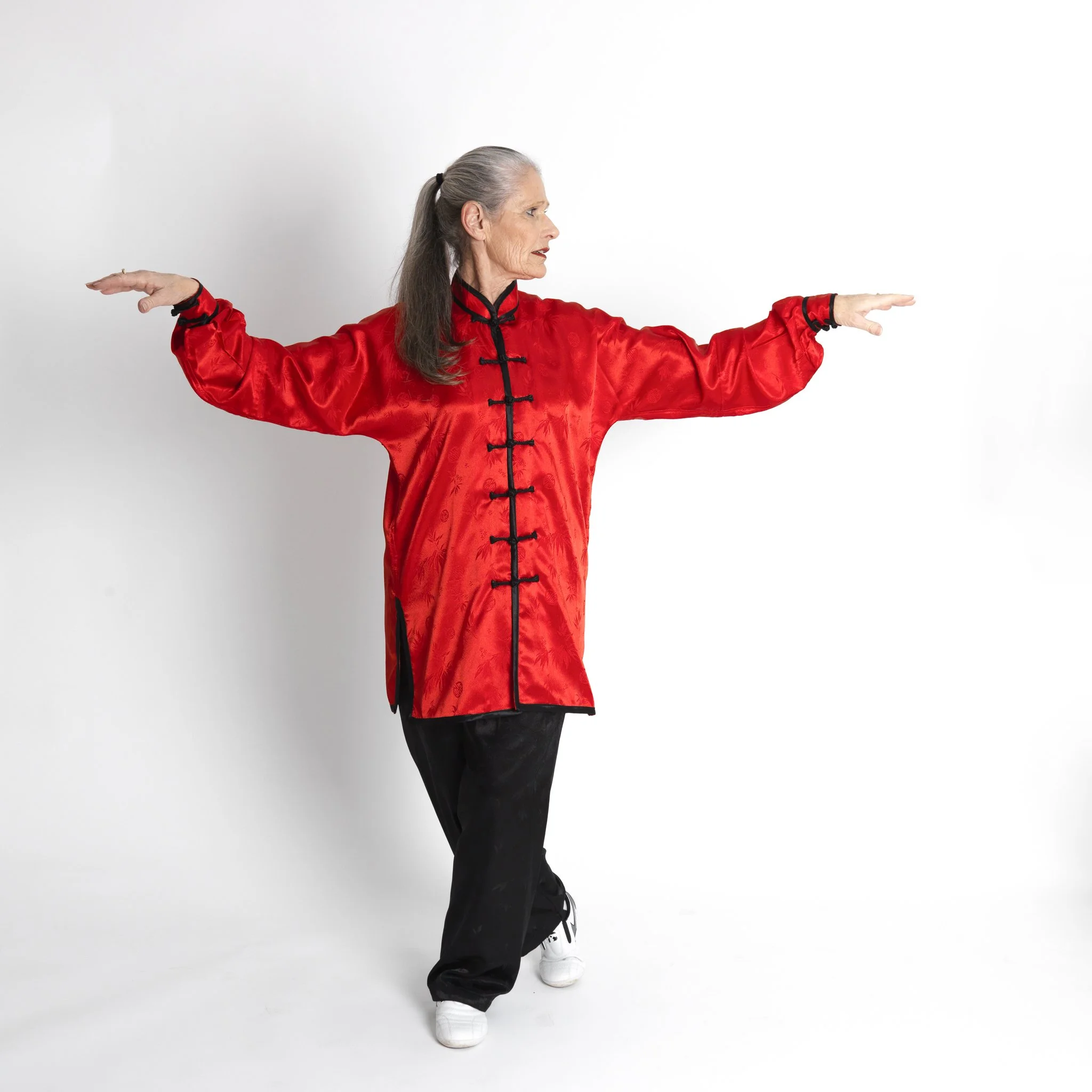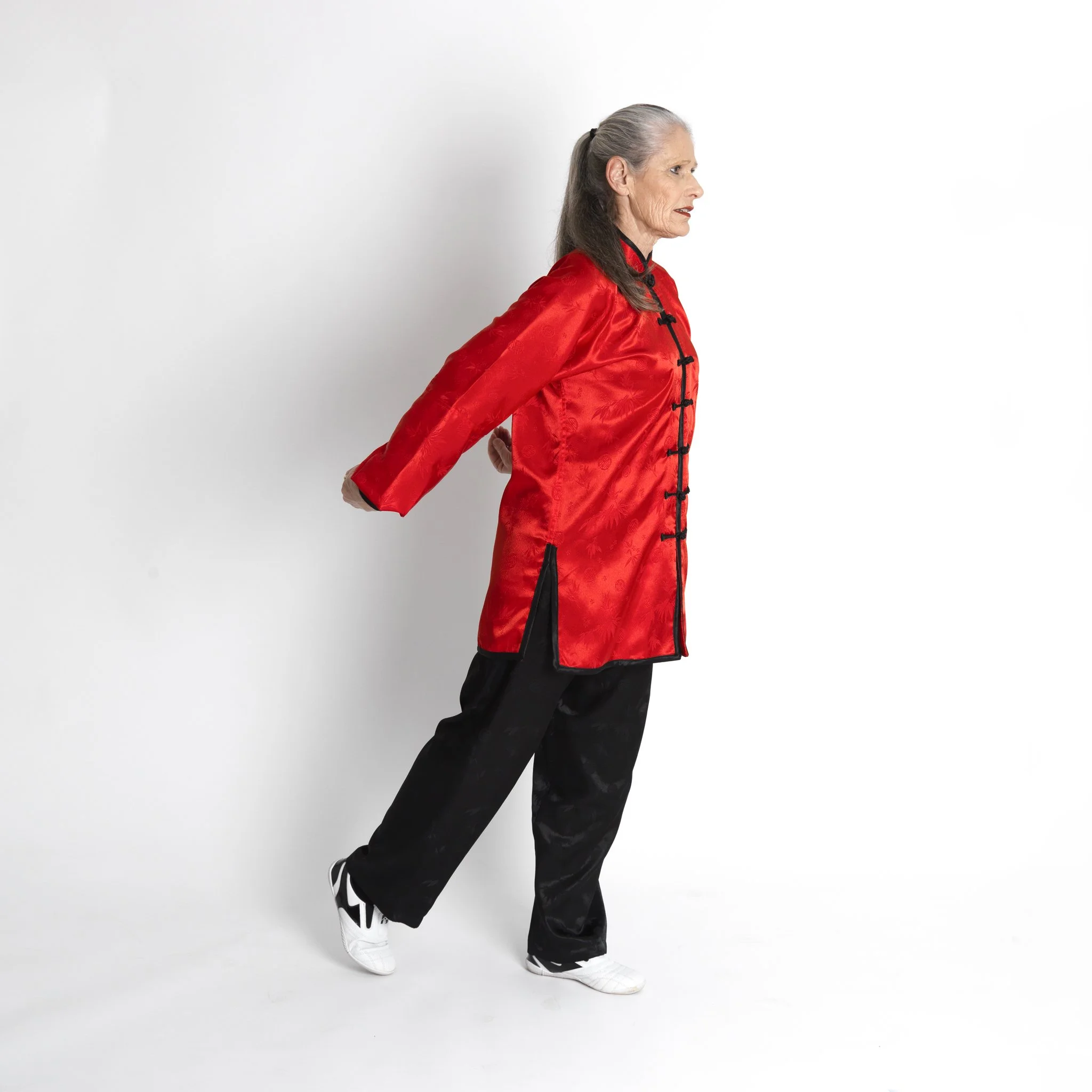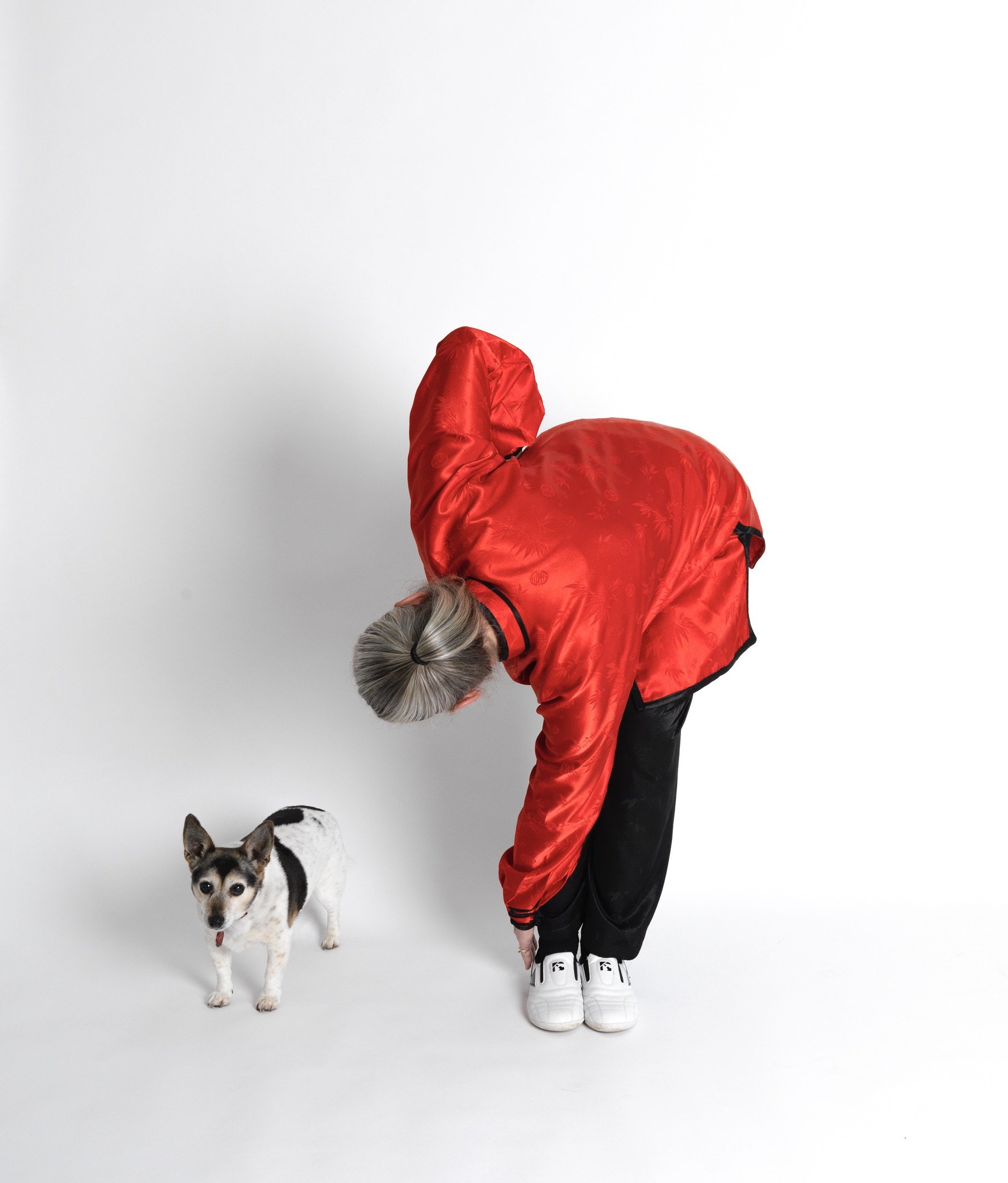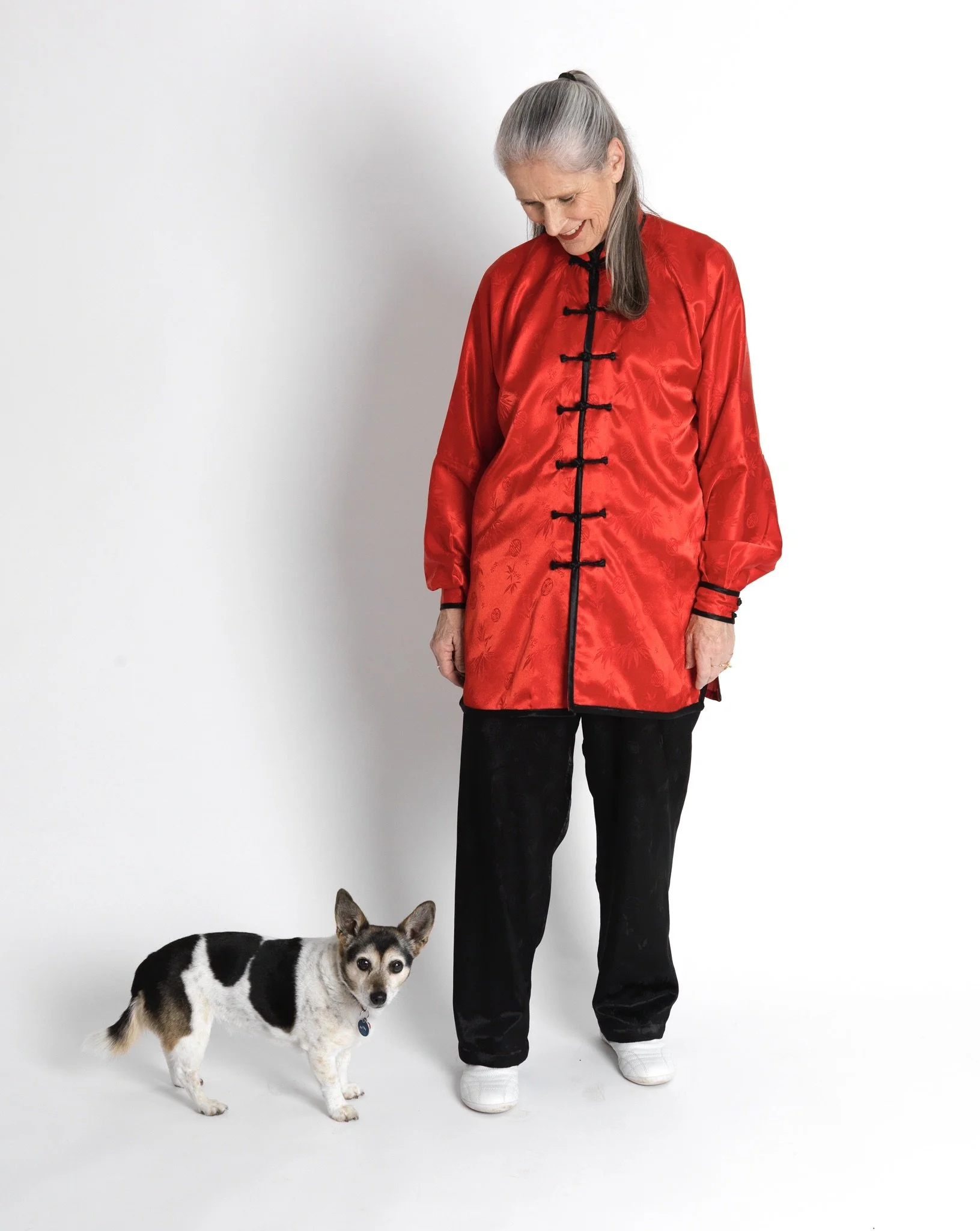Daoyin Yangshen Gong Shi Er Fa
The English translation for "Daoyin Yangsheng Gong Shi Er Fa" is "12-Step Exercises for Cultivating Health and Longevity".
Daoyin: Refers to a traditional Chinese practice that involves guiding the body's energy (qi) through physical movements and breathing techniques.
Yangsheng: Means nurturing life or health preservation, emphasizing practices that promote longevity and well-being.
Gong: Translates to exercises or skills.
Shi Er Fa: Literally means "12 methods" or "12 steps."
This is a relatively new Qigong set created by the Chinese Health Qigong Association. The 12 exercises were selected from over 50 Daoyin routines developed since 1974 by Professor Zhang Guangde of Beijing Sports University. Rooted in the principles of Traditional Chinese Medicine—focusing on the viscera (heart, lungs, liver, stomach, intestines, spleen, and kidneys), meridians, yin-yang, the Five Elements, and the flow of qi and blood, this set of exercises is designed to enhance health and longevity by combining breathing techniques, physical movements, and mental focus.
Initial Stance
Feet together, relaxed stance, eyes gently closed, teeth clenched and hands at lower dantian
Recite: Dispel all thoughts in the deep night, focus the mind on the dantian with closed orifices. Breathe slowly to build a magpie bridge, let the body fly like a swallow in the clouds.
Explanation:
"All thoughts in the deep night, focus the mind on the dantian with closed orifices"
Deep night likely refers to a quiet, meditative state.
Dantian is a key energy center located in the lower abdomen in traditional Chinese medicine and martial arts.
Closed orifices may symbolize withdrawing the senses from external distractions to focus inward.
"Breathe slowly to build a magpie bridge":
Slow, controlled breathing is a foundational practice in many meditative traditions.
Magpie bridge might be a metaphorical reference to connecting the mind and body or linking yin and yang energies. It could also allude to the famous Chinese legend of the Magpie Bridge (related to the Qixi Festival), symbolizing unity.
"Let the body fly like a swallow in the clouds":
This could represent a sense of lightness, freedom, or achieving a state of flow, where the body moves effortlessly, often associated with advanced stages of meditation or martial arts.
The Exercises
1. Beginning of heaven’s creation (one round)
Benefits: Can assist in preventing and treating respiratory diseases such as colds and bronchitis. It helps smooth the lung and large intestine meridians.
2. Double fish hung on the wall (one round)
Benefits: Helps improve the function of the lungs, spleen, kidneys and stomach. Can improve respiratory and digestive systems.
3. Old Horse is stabled
(one round)
Benefits: Pressing the laogong acupoint and manipulating the fingers and hands helps to improve the function of the heart and can relieve high blood pressure.
4. Ji Chang shoots a louse
(two rounds)
Benefits: Clenching the fists and pressing the laogong aucpoints helps to clear the heart of heat. The pulling action helps relax the chest and promotes the flow of qi. Focussing on the mingmen acupoint and pressing the heels to the ground sideways massages yongquan (bubbling well in the feet) nourishes and strengthens the kidneys.
5. bending the body to brush the shoes(two rounds)
Benefits: Bending the waist nourishes the yin of the kidneys, and warms and nourishes the yang of the bladder. There are several meridians located in the waist, including the Du, Chong and Dai meridians so these are stimulated when the body bends forward.
6. rhinoceros gazes at the moon(two rounds)
Benefits: The turning and rotating of the waist and neck relaxes the neck, back and waist muscles. It can strengthen the heart and nourish the kidneys by focussing on the mingmen and the pivoting of the yongquan acupoint.
7. lotus flower appears above the water(one round)
Benefits: The movements in this exercise help improve the functions of all the internal organs
8. golden rooster heralds the dawn (one round)
Benefits: Pulling the heels up to press the youngquan acupoint helps to activate the kidney meridian. Changing the hooked hands to palms and the arm movements remove blockages of the hands and associated meridians. The movements nourish the heart and lungs.
9. Wild geese land on the beach (one round)
Benefits: Focussing the mind on the laogong acupoint helps to regulate the pericardium meridian, relieve the heart and regulate blood flow. The crouching stance removes blockages from the foot meridians and improves the functions of the spleen, stomach, liver, gallbladder and kidneys.
10. white crane flies high in the clouds (one round)
Benefits: Pulling up the toes to press the youngquan acupoint activates the kidney meridian and nourishes the kidneys. Using the hegu acupoint (back of the hand, near the index finger and thumb) stimulates the dabao acupoint (on the side, near the ribs). This benefits the intestines, regulates the stomach and invigorates the spleen.
11. Phoenix salutes the people (one round)
Benefits: Turning and rotating the arms helps to remove blockages in the hands. Bending the wrists and hooking the hands stimulates the meridians of the foot and so improves the functions of the heart, lungs, large intestine and small intestine. Pivoting the feet stimulates the meridians of the liver, gallbladder, spleen, stomach, bladder and kidneys.
12. Qi and Breath return to the origin (three rounds)
Benefits: using the mind to draw in qi for the guanyuan acupoint (midline of the lower abdomen, about the width of 4 fingers below the navel) helps to invigorate the central qi, nourish the internal organs and regulate yin and yang.
